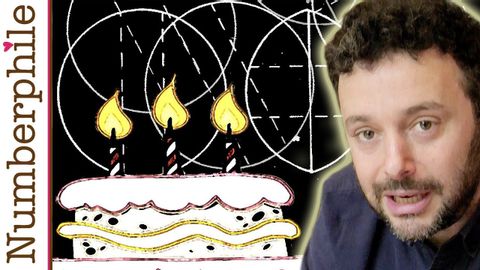
Subtitles & vocabulary
The Scientific Way to Cut a Cake
00
Tong-Ann Sytwu posted on 2014/07/02Save
Video vocabulary
to
US /tu,tə/
・
UK /tə/
- Adverb
- Toward a point, person, place or thing
- Into a state of consciousness or awareness
- Preposition
- Showing that one thing is attached to another
- (Indicates a comparison between two people/things)
A1
More go
US /ɡo/
・
UK /ɡəʊ/
- Verb (Transitive/Intransitive)
- To attend or be at a place
- To do an activity
- Countable Noun
- A turn in a game
A1
More method
US /ˈmɛθəd/
・
UK /'meθəd/
- Noun (Countable/Uncountable)
- (Organized and planned) way of doing something
- Orderliness of thought, arrangement, or behavior.
A2TOEIC
More day
US /de/
・
UK /deɪ/
- Noun (Countable/Uncountable)
- A period of 24 hours beginning at midnight
- The period of time when it is light outside
A1
More Use Energy
Unlock All Vocabulary
Unlock pronunciation, explanations, and filters
